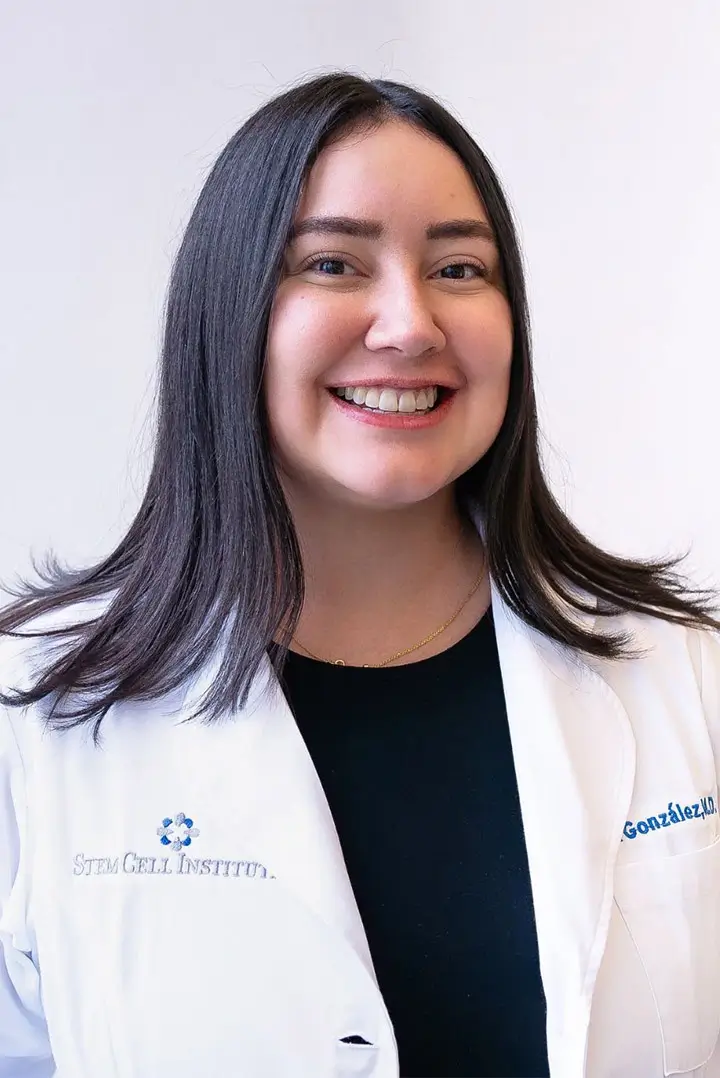Scientists are reporting that they have come up with a new treatment for children with brain tumors called medulloblastomas as the use of adult stem cells continues to outpace embryonic stem cell research. Chemotherapy can take as long as a year in children with high-risk tumors and the odds of them surviving and living to the age of 5 is a low 30-40 percent at best.
Using a patients own stem cells is having a remarkable result in treating cancer says Dr. Amar of St. Jude’s Children’s Research Hospital in Memphis.
“Not only can we now cure about 70 percent of children with high-risk medulloblastoma, we can also cure more than 80 percent of those with standard-risk disease with a shorter, and therefore more convenient, chemotherapy approach,” he says.
The latest issue of The Lancet Oncology has published the research teams results.
Adjusted for the severity of the disease, the team administered radiation therapy. A shorter course of chemotherapy than normally used followed this preliminary radiation treatment.
Adult stem cells implanted after each round of chemotherapy make the shorter course possible. The cells allow the child’s body to recuperate from the damage the preceding round caused before moving on.
Of 134 children with medulloblastoma who endured the treatment (86 average-risk, 48 high-risk), 119 (89%) finished the study. Some 70 percent of those in the high-risk group 85 percent of the patients in the average-risk group and lived to the age of 5 years old.
A 70 percent survival rate overall could be acknowledged due to the adult stem cell treatment.
Stem cell therapy “can be used to improve the outcome of patients with high-risk medulloblastoma,” concluded the research team.
“By reducing the amount of [chemotherapy drug] cisplatin from eight doses to four doses, and the amount of vincristine from 32 doses to just eight doses, we could alleviate a lot of the neurotoxicity associated with the higher dose of vincristine without reducing survival,” Amar said.
Amar said that the stem cell therapy his team used could become commonplace.
“This approach should be feasible in most pediatric oncology units at academic medical centers,” he said.

